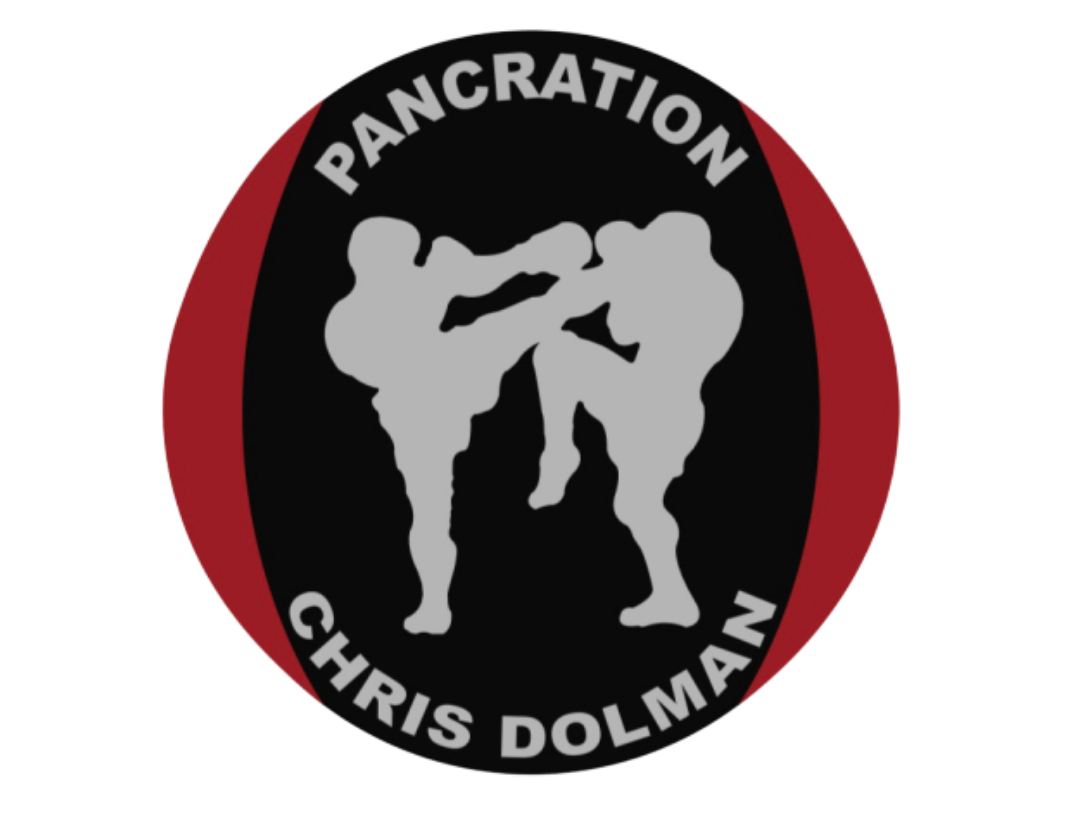(A) Gujido, (B) Suhaam, (C) Namdongji, and you can (D) Chilsando. Contours hook the brand new ? 13 C viewpoints for every individual ranging from chick-rearing episodes.
In the place of the other five spoonbill varieties which can breed in marine and you may freshwater wetlands, Black-confronted Spoonbills merely breed into the aquatic environments, nesting toward uninhabited coastal and you can offshore islets which can be found mostly across the western Korean Peninsula [10, 15, 17]. not, centered on a study from mature spoonbills foraging within the grain paddies and intertidal mudflats into the breeding 12 months, rice paddy foraging peaked in-may, the start of the newest chick-rearing months, immediately after which gradually decreased in the June and you can July . Alternatively, just how many adults foraging inside the intertidal mudflats increased because the chick-rearing year advanced . Most other knowledge on the Black-faced Spoonbills reproduction into the overseas islets reported that the fresh regurgitated diets out-of girls primarily made up varieties originating from freshwater wetlands, whether or not intertidal mudflats was readily available near its reproduction colonies [17, 18]. This type of first findings conveyed higher reliance upon freshwater wetlands because of the Black colored-experienced Spoonbills during the early hottie-rearing seasons, that has been explained by the uk dating indian minimal osmoregulation element regarding girls [17, 18].
Analytical research
For ? 13 C research, the full design try somewhat unlike the latest null model (? dos = , df = nine, p 2 = , df = step three, p = 0.010) and you may got rid of almost every other one or two-means relationships in the full model (chick-rearing months ? breeding nest: ? dos = dos.14, df = step 3, p = 0.544; chick-rearing period ? hatching time: ? 2 = step 3.75, df = step one, p = 0.053; S1 Table). The lower design exhibited a hefty difference in ? thirteen C beliefs anywhere between hottie-rearing episodes. ? thirteen C opinions to your late chick-rearing months were highest 0.75 ± 0.29‰ (95% CI = 0.33–2.85; Fig 3A; S1 and S2 Figs) as opposed to those to the early hottie-rearing months. ? thirteen C thinking have been significantly additional certainly breeding colonies (Fig 3B). The least square a style of ? 13 C beliefs regarding chicks inside Gujido (-twenty-two.5 ± 0.93‰) was indeed lower than that from additional three colonies along with Suhaam (-sixteen.4 ± 0.62‰), Namdongji (-17.step 3 ± 0.75‰), and you will Chilsando (-17.2 ± 0.50‰; Fig 3B).
The research could not conclusively establish or disprove the latest hypothesis demonstrated for the earlier in the day accounts you to definitely grownups may offer more substantial freshwater eating plan ratio in early chick-rearing several months due to down salt tolerance certainly one of more youthful chicks. So you can definitively keep the sodium stress hypothesis with your stable isotope analysis, ? 13 C beliefs together with projected proportion regarding freshwater prey have to have shown straight down salt intake or personal the means to access freshwater sufferer at the beginning of chick-expanding period. not, all of the ? 13 C showed highest convergence between your very early and you can late hottie-rearing episodes, and some of your anybody within Suhaam, Namdongji, and you can Chilsando has been provided with additional aquatic victim than freshwater sufferer even at the beginning of hottie-rearing period. ? 13 C and you can ? fifteen N Bayesian blend patterns estimated that more than fifty% out of dieting at the beginning of hottie-rearing months originated intertidal mudflats at Suhaam, Namdongji, and you may Chilsando. At the same time, the brand new contribution each and every prey sort of didn’t differ dramatically because of the chick-rearing periodparing the estimated sum off dieting ranging from chick-rearing attacks can be restricted as we estimated the typical share each and every victim sorts of by the colony and you may hottie-rearing months rather than accounting to own inside-private version in ? thirteen C and you may ? 15 Letter. Additionally, we made use of possible target sources on design, perhaps not research amassed from the foraging web sites out-of research populations, which could determine new uncertainty of your own estimation. However, ? 13 C philosophy indicated that salt consumption might not be significantly different anywhere between hottie-rearing periods, recommending an acceptable osmoregulatory ability to consume ong chicks within the very early broadening several months.
Stable isotope investigation and you may Bayesian isotope combination design
? thirteen C beliefs in the Suhaam indicated that girls hatched later on had been fed even more marine prey. Which regular improvement in the fresh new ratio away from freshwater diets in the Suhaam was regarding the brand new reduced total of prey supply at rice paddies along side reproduction 12 months on account of middle-12 months drainage. While doing so, there’s no significant seasonal trend when you look at the ? 13 C philosophy on Gujido, Namdongji, and Chilsando. Even though there might have been zero outlined study of your own foraging habitats around reproduction territories except for Suhaam, a number of observations reported that spoonbills during the Namdongji foraged in different kind of freshwater wetlands such reservoirs and you can lakes . Therefore, this type of variations are most likely regarding version in the dependence on grain paddies predicated on reproduction territories. Yet not, we didn’t systematically gather feathers across the hottie-rearing season, therefore the range inside the hatching schedules regarding girls differed one of reproduction territories. Hence, to select the effectation of seasonal alterations in foraging environments, the target way to obtain girls in the additional hatching minutes needs to getting analyzed using health-related sampling.
